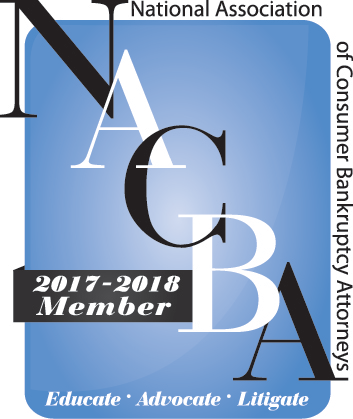Many people have heard of the terms Chapter 7 and Chapter 13, but don’t know exactly what the differences are between the two.
In a Chapter 7, you are asking the bankruptcy court to get rid of most of the debts you owe. However, the trustee may have to take some of your property in order to sell it and distribute the sale proceeds to your creditors. Some of your property may be exempt, which means that the trustee cannot take the property and sell it. The property that you can exempt varies based on the state you are filing in and can sometimes be affected by where you have previously lived.
In a Chapter 13, you are establishing a payment plan for paying some or all of your debts over the next 3 to 5 years. The payment plan is based on your monthly income, how much you owe, and the types of property involved. At the end of your payment plan and assuming you made all of your payments on time, the bankruptcy court grants a discharge of your debts. Usually, unsecured creditors (for example, a credit card) receive a small percentage of the actual amount owed and then the rest of the debt is discharged as part of the bankruptcy.
There are some debts that survive bankruptcy and it doesn’t matter whether you have filed a Chapter 7 or a Chapter 13. Child support, most tax debts, and student loans are, for the most part, nondischargable in bankruptcy – meaning, the bankruptcy court will not eliminate these debts as part of your bankruptcy filing and you will still owe them.
This is just a general overview of the differences between Chapter 7 and Chapter 13. There are many other differences that affect your decision to file bankruptcy and you should contact an attorney or read the U.S. Bankruptcy Court website for further information.

